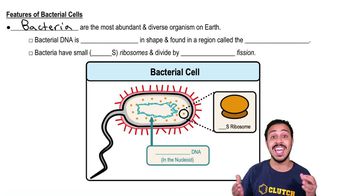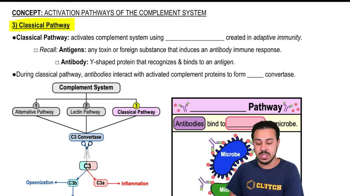The anatomical region of a multipolar neuron where the AP is initiated is the
a. Soma
b. Dendrites
c. Axon's initial segment
d. Axon terminals
 Verified step by step guidance
Verified step by step guidance Verified video answer for a similar problem:
Verified video answer for a similar problem:



 3:31m
3:31mMaster Change in Membrane Potential with a bite sized video explanation from Bruce Bryan
Start learning